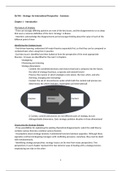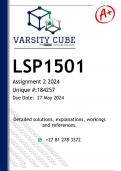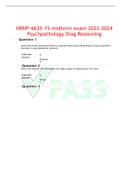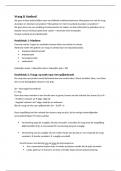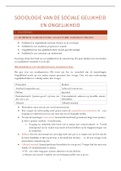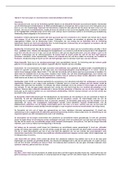Summary
Complete summary De Wit - Strategy an international perspective
- Course
- Institution
- Book
Complete summary of the book "Strategy - An International Perspective" by De Wit for the Strategy and Decision Making / Strategy course. Contains the chapters: 1, 7, 4, 5, 6, 8, 10, 12 and 9 (the order of the lectures). Written in English, examination will also be in English.
[Show more]
